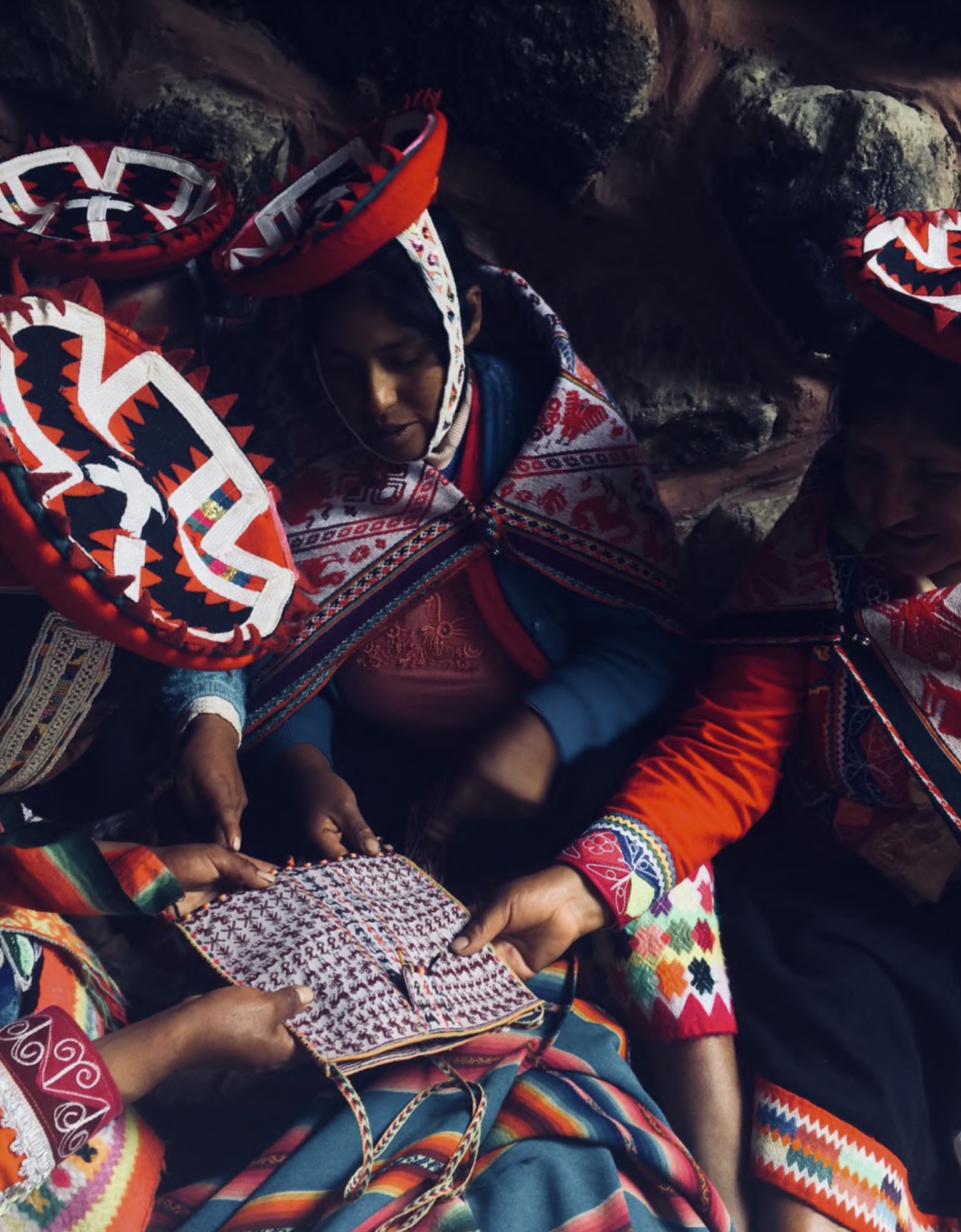
In recent decades, ethnographic art collections have opened discourses on cultural diversity around the world. The multiple communicative facets that this type of artistic expressions possess pass between the social sciences and the concepts studied in turn by the history of art. However, the concern for exhibiting this type of manifestations of traditional art, also called popular art, also links issues around heritage, memory, but above all identity.


The pieces of Andean ethnographic art, if they are produced in the respect of traditional techniques and materials, are pieces of great cultural, educational and aesthetic value capable of consolidating that identity of which we speak, at the same time of making art a way of sustainable development. The notion of authenticity of these pieces is practically based on their ability to represent their creator and the social group to which they belong, relying on the ethnological sense of continuity of the past in the present, thus recognizing their origins both indigenous and also Hispanics in a kind of cultural syncretism.
Unfortunately, valuable objects of this heritage are lost day by day due to the incursion of countless projects that adulterate, perhaps involuntarily, the native art of these remote regions to approach, through sale, the market of the tastes of others or "modern", not to say "western", generating a feeling of alienation in the artist, led to think that his language, his universe of forms and content are not valuable and that he has no other alternatives beyond being hired for his skills to produce something foreign to their culture.

In that sense, promoting initiatives whose concerns lie in preserving the technical, symbolic and artistic particularities of these ancestral languages, essentially returns to cultural works their intrinsic capacity to transmit knowledge, to demonstrate their origins, their history, the way of life of their creators; that is, their ability to represent individuals and communities, and thereby help build and reinforce that identity that allows these people and their communities to say who they are through their art.
In fact, in the context of globalization, the job of maintaining certain traditional cultural practices typical of the high Andean indigenous communities means an enormous effort. However, we fervently believe that the opening of exhibition spaces that allow the development of the knowledge of popular arts and allow their visibility, internationalization and dissemination, will certainly prevent the dispersion, loss and adulteration of the old cultural assets that are still preserved in the rural areas. It should be noted that at the same time a presence and a voice will be provided in a certain way to those authors who have lagged behind the regular artistic and cultural circuits for centuries.

Thus, the Museo de Arte Popular Andino as an entity open to the public and at the service of society and its development has as its aim not only to acquire, preserve, investigate, communicate and exhibit, for purposes of study and education, the pieces belonging to its art collection, but also the objectives listed below:
- Investigate and study the geographical, historical and aesthetic backgrounds of the popular art of the Andean communities.
- Preserve the technical, symbolic and artistic particularities of the language embodied in the traditional art of the Andes.
- Facilitate the conservation of life, customs and traditional rites of the high Andean communities.
- Sensitize the target audience about the importance of preserving the cultural diversity of the Andean peoples, through exhibition projects.
- To give back to the Andean cultural work its ability to transmit knowledge, to build and reinforce regional and national identities that allow the High Andean peoples to say who they are through their art by the preservation, exhibition and dissemination of a permanent collection of traditional ethnographic art.
- To ensure the rescue of the different manifestations of traditional art that are brewing in the hinterland of the country, while promoting its formal and stylistic study through their publications.
- To be perceived as an entity that provides a service to the community (dissemination of knowledge), in addition to its traditional role as a container and venue for collections.
- Cover the tasks derived from research, to the same extent conservation and museography, and even the dissemination of events and publications; keeping in mind autonomy in the management of our own resources, as well as the administrative vision of a sustainable management area.
- To be an entity with a multicultural perspective and that promotes social inclusion practices.
- Promote the four basic axes that constitute us: research, conservation, dissemination and teaching / learning.
- Establish the foundations of a genuinely Peruvian art.
12. Promote efforts for the conservation of popular arts.

Some changes
will only happen if enough of us
show interest.
Your support can make a difference.
ADD YOUR SUPPORT
Some changes
will only happen if enough of us
show interest.
Your support can make a difference.
ADD YOUR SUPPORT

The donations will be entirely destined to the service
of the objectives of the Museo de Arte Popular Andino,
non-profit association registered in Peru
with number 20608955756.
of the objectives of the Museo de Arte Popular Andino,
non-profit association registered in Peru
with number 20608955756.